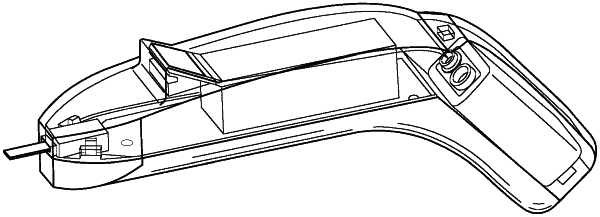| CPC G01N 33/5438 (2013.01) [G01N 27/026 (2013.01); G01N 27/3276 (2013.01); G01N 33/48707 (2013.01); G01N 33/5308 (2013.01); G01N 33/56983 (2013.01); G01N 33/66 (2013.01); G01N 35/00029 (2013.01); G01N 2333/075 (2013.01)] | 11 Claims |

|
1. An apparatus for detecting one or more analytes in a bodily fluid sample utilizing Electrochemical Impedance Spectroscopy (EIS) or Electrochemical Capacitance Spectroscopy (ECS), comprising:
an electrochemical sensor operably configured to provide an electrochemical impedance or electrochemical capacitance measurement of an analyte in said fluid, said sensor including a target-capturing molecule immobilized to a working electrode in a three electrode configuration, wherein the target-capturing molecule is an antibody, and wherein the antibody is physically adsorbed to the working electrode and covalently crosslinked by exposure to glutaraldehyde, thereby the antibody is directly immobilized onto the working electrode surface in dry form.
|